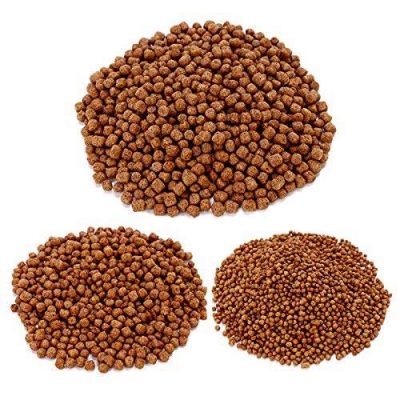Project Report For Fish Feed Manufacturing
Introduction
Project Report For Fish Feed Manufacturing is as follows.
Fish feed manufacture is a key process that involves the production of high-quality feed for captivity-raised fish. High-quality feed is critical for preserving fish health and ensuring optimal growth and development. Producing high-quality fish feed, on the other hand, necessitates a high level of competence and understanding, as well as access to high-quality components.
The selection of high-quality ingredients is one of the most critical components of fish feed manufacture. Selecting protein sources, grains, vitamins, and minerals that are both healthy and cost-effective is part of this process. To guarantee that the fish receive the required nutrients for optimal growth and development, the components used in fish feed must fulfil specified nutritional standards.
The manufacturing process is also an important part of fish feed production. This involves combining the components in the precise amounts, grinding and mixing the feed, and ensuring that the feed is correctly kept to keep its nutritious content. The production process must be closely monitored to ensure that the feed satisfies all relevant quality requirements and is free of impurities.
The quality of the components and the manufacturing procedure are also important factors to consider when creating fish feed. These factors include the type of fish raised, their age and weight, as well as their eating habits. Taking these factors into account, fish feed manufacturers can create unique feed blends that meet the individual needs of various fish species.

Types Of Fish Feed Manufacturing
Extrusion Plant: The most common form of fish feed manufacturing facility is an extrusion plant. They employ an extrusion technique in which a combination of components is pressed through a die at high pressure and temperature. As a consequence, pellets with the correct shape, size, and nutritional composition are formed. Extrusion facilities are noted for their efficiency and adaptability in producing a wide range of fish feed formulas.
Pelleting Plant: Pelleting plants use a pelletizing process to produce fish feed pellets. The materials for the feed are combined, conditioned, and then squeezed via a die to make pellets. Pelletizing plants can employ either dry or wet pelleting procedures, and they provide pellet size and formulation versatility.
Floating Feed Plant: Floating feed plants are factories that produce floating fish feeds. These feeds are meant to float on the water’s surface, making them visible and easily consumed by fish. For species such as tilapia and trout, floating meals are widely employed. Floating feed facilities generate floating fish feed pellets using specialised extrusion or pelleting equipment.
Sinking Feed Plant: Sinking feed plants create fish feeds that sink to the water’s surface. These feeds are appropriate for bottom-feeding fish such as catfish and carp. Sinking feed factories generally produce sinking fish feed pellets through the extrusion or pelleting process.
Market Potential Of Fish Feed Manufacturing
The Fish Feed Market has a value of USD 107 billion in 2021 and is projected to grow by USD 261.8 billion by 2030, at a CAGR of 9.9% during the forecast period (2023-2030), from USD 122 billion in 2022.
The primary drivers driving the expansion of the fish feed market are expanding population, fast urbanisation, and rising per capita income. The existence of high discretionary income and the growing popularity of diverse foreign cuisines drive the desire for novel dishes prepared from a variety of fish, consequently increasing worldwide demand for fish feed.
Fish consumption has expanded dramatically in recent years due to advantages such as minimal carbon footprint, high per-unit yield, and unique protein content. These will aid in the expansion of this market in the approaching years. Manufacturers have diverse compositions of fish feed components for different sectors, such as the aquarium and decorative markets, which allows them to widen their client base.
Project Report Sample On Fish Feed Manufacturing
Need Help?
Create 100% Bankable Project Report

